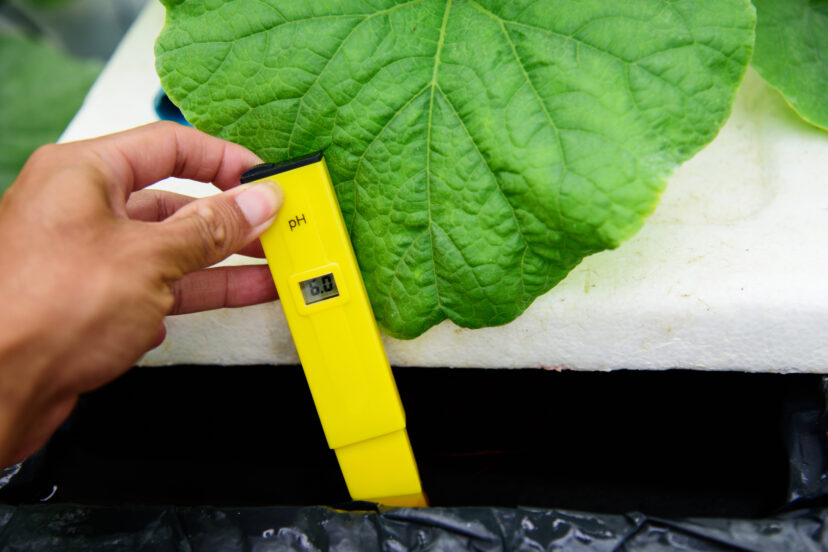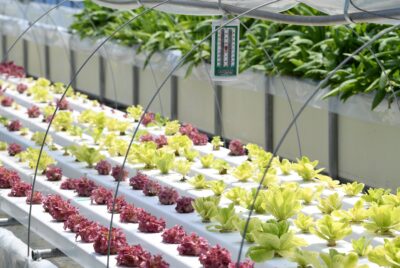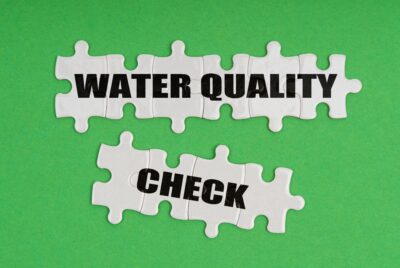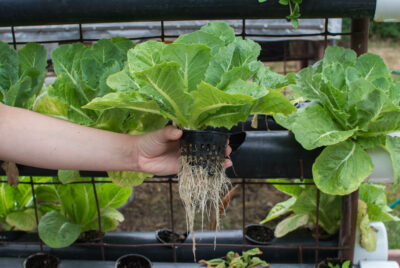pH Management in Hydroponics
We may earn a commision from purchases made using our links. Please see our disclosure to learn more.
The Art of pH Management in Hydroponics: A Gardener’s Guide.
Hydroponic gardening transcends the simple act of planting seeds; it’s a complex interplay of water, light, nutrients, and care. Within the sophisticated realm of hydroponics, this interplay is heightened, with pH management taking center stage. This lead performer—pH level—demands precision; a minor error can trigger a multitude of problems. Thus, mastering hydroponic pH monitoring is essential, ensuring your garden flourishes and receives the acclaim it deserves.
Understanding the Importance of pH Management in Hydroponics
Why pH is the Lifeblood of Hydroponics
Envision your hydroponic system as a bustling city. The pH level, effectively, is the traffic control—when it’s functioning well, nutrients move smoothly to their destinations. Conversely, when it’s off? It’s akin to rush hour gridlock, and those vital nutrients can’t reach the places they’re needed most.
pH and Plant Nutrition: An Inseparable Duo
Now, imagine trying to drink a thick milkshake through a narrow straw; if the pH is not optimal, that’s precisely what your plants are dealing with—trying to suck up nutrients through an impossibly tiny straw.
Getting to Know Your pH
pH for the Uninitiated: The Basics
If you’re new to this, consider pH as a scale from ‘sour’ to ‘bitter,’ with your plants preferring a slight tang. It’s not about extremes but rather about finding that middle ground where every nutrient is at the tip of your plant’s roots, ready for the taking.
Understanding the pH Spectrum
What exactly is pH? It stands for ‘potential of Hydrogen,’ and it measures the acidity or alkalinity of your hydroponic solution on a scale from 0 to 14. Subsequently, a pH of 7 is neutral, akin to pure water. Anything below 7 is acidic, and above 7, is alkaline. In essence, plants in your hydroponic system will flourish in a slightly acidic environment, typically between 5.5 and 6.5 pH. This range, undeniably, is the sweet spot where nutrients dissolve perfectly, becoming delicious meals for your plants.
The Art of Keeping the pH sweet spot
Choosing Your Tools: pH Meters and Test Kits
Choosing your pH measuring tool is like choosing a smartphone—do you want the one with all the bells and whistles, or do you prefer something that simply gets the job done? The digital pH meter is the smart choice for accuracy and ease.
Creating a pH Testing Routine
Here, discipline comes into play. Testing your pH is a daily ritual, akin to checking the weather before heading out. Your plants depend on this routine for their well-being, just as much as you depend on your morning coffee.
Adjusting the pH Like a Pro
The Delicate Dance of pH Adjustment
Adjusting pH is akin to tuning a guitar; each twist can change the harmony. Consequently, you’ll add pH up or pH down solutions in small doses—tweaking gently until the notes hit the right pitch.
Natural Adjusters vs. Chemical Adjusters: Making the Choice
Some gardeners swear by organic methods, like adding a dash of vinegar to lower pH, akin to dressing a salad. Conversely, others prefer the precision of chemical adjusters, similar to using a recipe to bake a cake to perfection.
Maintaining the Perfect pH Balance
Daily Maintenance: Keeping pH in Check
Maintaining pH is a daily commitment. Analogous to nurturing a friendship, it takes regular, consistent effort, but the rewards? They’re bountiful and beautiful.
Troubleshooting pH Fluctuations
Indeed, fluctuations will happen, and when they do, stay calm. It’s like your GPS recalculating the route—you just need to find your way back.
The Secret Weapons in pH Management in Hydroponics
Beyond the basics, there are tricks like using pH buffers. pH buffers are akin to shock absorbers for the pH level of your hydroponic nutrient solution, providing stability against fluctuations that can impact plant health. These buffers maintain a consistent pH, reducing the need for frequent adjustments and allowing gardeners to focus on other aspects of plant care. It’s crucial, however, to use them according to guidelines, as overuse can disrupt the system’s balance, just as crucial as maintaining it.
Here are three commonly used pH buffers in hydroponic systems:
- Potassium Bicarbonate: This is an alkaline buffer that can raise the pH level of your nutrient solution if it becomes too acidic.
- Phosphoric Acid: A mild acid buffer, often used to lower the pH of a solution that is too alkaline without affecting the overall nutrient balance significantly.
- Calcium Carbonate: Typically used as a buffering agent to stabilize pH and also provide calcium, which is an essential nutrient for plant growth.
Automating pH Control: When to Go High-Tech
Moreover, if you’re ready to level up, automation is like hiring a personal assistant for your garden. It takes care of the pH, so you have more time to admire your thriving plants.
Conclusion: The Harmony of pH-Balanced Hydroponics
In conclusion, managing pH is analogous to conducting an orchestra – each instrument (or in this case, nutrient) needs to be in tune for the music (growth) to be beautiful. It’s a journey, and with patience and practice, you’ll be playing symphonies in no time.
FAQs:
What is the first sign of pH imbalance in my plants?
Look out for yellowing leaves or stunted growth – it’s as if your plants are trying to tell you they’re not feeling well.
How often should I adjust the pH in my hydroponic system?
Adjust as needed after your regular tests, which should be about once every 1-2 days. It’s analogous to adjusting your thermostat – only when the temperature changes.
Can I use tap water to mix my nutrient solution?
Yes, but ensure to test the pH first. Tap Water is like a mystery novel – you need to read a few pages to know what’s going on.
How does temperature affect pH?
Temperature swings can cause your pH to dance up and down. It’s as if the weather is affecting your mood – sometimes you need to adjust to stay balanced.
What’s the most important thing to remember about pH management in hydroponics?
Consistency is key. It’s the drumbeat to which the entire hydroponic system marches.





Comments are closed.